- About us
- Support the Gallery
- Venue hire
- Publications
- Research library
- Organisation chart
- Employment
- Contact us
- Make a booking
- Onsite programs
- Online programs
- School visit information
- Learning resources
- Little Darlings
- Professional learning
Robert O’Hara Burke would probably not be a household name today had the expedition he led to the Gulf of Carpentaria in 1860 and 1861 been successful. The son of an Irish-Protestant landowner, Burke (1821–1861) arrived in Victoria in 1853 and worked as a police officer in Melbourne, Beechworth and Castlemaine before applying to join the expedition tasked with making a south-to-north crossing of the continent. The fellow officer who endorsed Burke’s application described him as ‘a most active man, and very strong ... kind and gentle in his manners’, but he was also hot-headed, wilful and ambitious. There has long been speculation, too, that Burke wished to take part in the venture in order to impress Julia Matthews, a 17 year-old actress he fancied. Despite lacking relevant experience, Burke was appointed leader of the expedition, which left Melbourne in August 1860. On reaching Menindee, New South Wales, in October, Burke split the expedition. He and seven others continued north to Cooper’s Creek in south-west Queensland, where he split the party again in early December, instructing four men to remain at the depot they made there while he, William Wills, John King and Charlie Gray made a bid for the Gulf of Carpentaria. They made it close enough to the coast to taste salt water, but with their progress obstructed by mangroves fell just short of their goal. On the terrible return to Cooper’s Creek, Gray died; Burke, Wills and King got back to camp to find that the waiting party had left just hours earlier. For several weeks the trio remained on the creek. King was prepared to accept help from the local Aboriginal people, the Yandruwandha, and survived; Burke was disinclined to do so and died, as did Wills, in June 1861.
At the time of his appointment to the Victorian Exploring Expedition, Robert O’Hara Burke sat for photographer Thomas Adams Hill, who’d established a studio in Bourke Street in 1857. William John Wills, the expedition surveyor who ended up being Burke’s deputy, posed for Hill at the same time. The expedition left Melbourne amidst excessive fanfare on 20 August 1860, but less than a year later it had ended in tragic circumstances, Burke and Wills being among the seven expedition members who perished. In September 1861, a rescue expedition located their remains and also found John King, the only survivor of the epic return journey from the Cooper to the Gulf of Carpentaria. When news of the failure of the expedition reached Melbourne, Burke and Wills were elevated to hero status and various firms immediately answered the demand for souvenir portraits of the ‘late lamented explorers’. Hill’s photographs of Burke and Wills thereby became the template used for various commemorative souvenirs, such as this carte de visite by the seemingly short-lived Melbourne & Sydney Photographic Company.
Collection: National Portrait Gallery
Purchased 2001



On one level The Companion talks about the most famous and frontline Australians, but on another it tells us about ourselves.
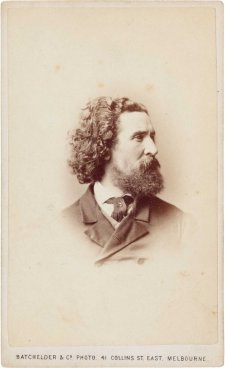
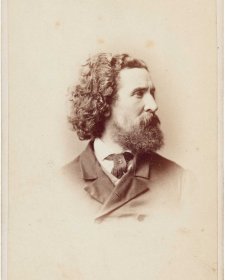
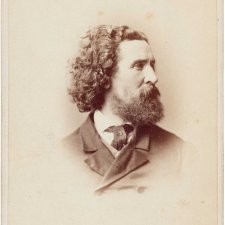
Joanna Gilmour discovers that the beards of the ill-fated explorers Burke and Wills were as epic as their expedition to traverse Australia from south to north.
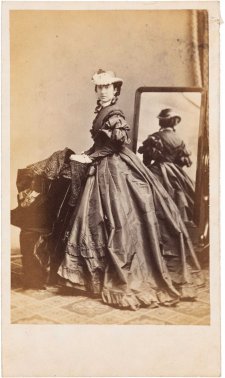
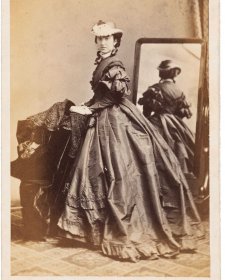
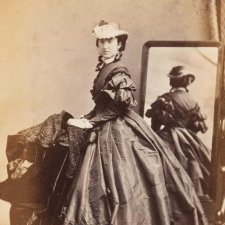
Drawn from the NPG’s burgeoning collection of cartes de visite, Carte-o-mania! celebrates the wit, style and substance of the pocket-sized portraits that were taken and collected like crazy in post-goldrush Australia.